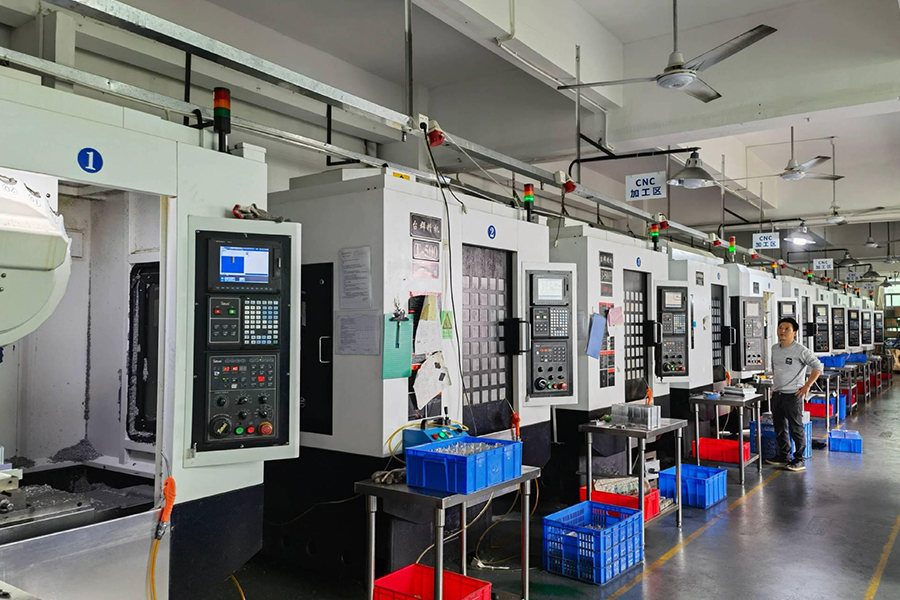This article is suitable for students who have mastered the basic theoretical knowledge of 3-axis programming and 5-axis programming, and want to continue to learn 5-axis programming in depth. Three parameters at the core of five-axis programming: drive mode, projection vector, and tool axis.
Driving method: Common methods include rationalization (more intelligent), surface (setting parameters such as cutting direction, step distance, cutting method), boundary, etc. After determining the drive method, select the drive geometry and select the drive geometry. Used to generate the first “virtual toolpath”, observe the plausibility of the toolpath, and then optimize it.
Projected Vectors: Describes how a virtual toolpath is first generated and then projected onto the workpiece geometry. The protrusions affect the quality of the final toolpath on the work surface, independent of the tool orientation. If the projection is not correct, the toolpath will be cluttered with twists and turns.
In general, the projected vector options are few and often selected, tool axis (tool path along the tool axis to project the tool surface direction), vertical screwdriver (drive geometry), specified vector, projection principle above. Easy to understand and work.
Tool axis: machining, the tool position “walks” in the final tool path, the tool position can be divided into fixed tool axis, axial change, two-axis change, etc. The tool has many options. The axes are classified as follows.
With the exception of applications of straight lines, open area surfaces, or surfaces of revolution, each path of tool orientation changes direction, the tool pose changes to a straight line, and the tool path changes as the machining direction changes. This approach is limited if there is artifact interference.
It is best to use an enclosed area away from this point. This method is limited because each path of the tool pose has two directional changes, and the pose changes greatly.
For vertical drive, the generation tool will always generate gestures vertically, depending on the selection. If it is a straight inclined plane, the tool posture is fixed, and if it is a curved surface, the tool posture will change accordingly. You cannot specify the tilt angle at any time. Interference occurs when the structure of the tool and workpiece cannot adjust the attitude of the tool. This method is limited.
Compared to the drive body, it is more flexible than the vertical drive body. When the machining surface is a curved surface, the attitude of the tool changes at any time during machining, and the roll angle can be specified. If the tool interferes with the workpiece structure, the roll angle can be adjusted to avoid it.
4 axes, perpendicular to the drive/Applying closed areas such as rotating body structures to the drive can generate motion throughout the cycle of the tool path and change the roll angle, rake angle, etc. The method is simple and convenient.
Drive the side edge, use the oblique edge tool side edge slanted wall, specify the side edge direction as “up (raise tool attitude)”, if the wall is a straight slope, the tool profile does not change, while the wall surface and the tool processing attitude change, pass Specifying the inclination angle can continuously change the attitude, and the method is more flexible.
Profile milling machines used to mill sloping straight walls with a known bottom will automatically find the sloping wall to machine. The surface cannot be milled (milling with side drive). Flank drive is very similar to face mill generation, similar to a single-tool path, but you can use a transformation of a multi-tool path.
Finally, multi-axis programming is mainly based on the surface structure and processing requirements of the workpiece, using the model of a 5-axis machine tool to avoid interference with the workpiece, optimize tool attitude and processing, and generate tool paths reasonably. Programming itself is not difficult to master, but the processing technology requirements are high.
Hot Tags:
vertical machining center cnc machine
cnc turning centre machining center
cnc double head machining wood carving
aluminium cnc machining
precision cnc machining
cnc machining centre
cnc machining aluminum knob
die casting cnc machining
cnc machining steel parts

